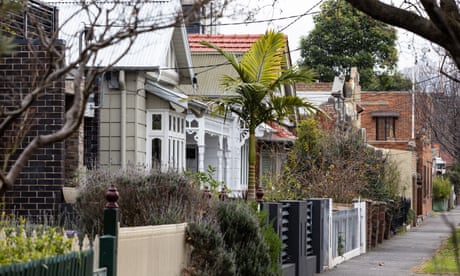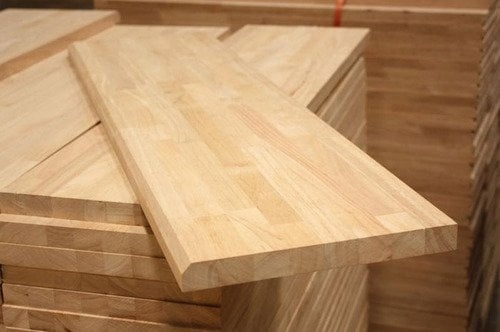The lifting of China’s export restrictions, combined with rising interest rates and a housing shortage, could spell trouble for the housing industry
Australian timber prices may have fallen from their Covid pandemic spikes but the respite might be short-lived, creating a headache for the critical housing sector and its role in helping address a severe shortfall in new homes.
The housing industry is being hit by opposing forces, with rising interest rates designed to cool demand at the same time as a housing shortage stirs it.
An impending resumption of the timber export trade to China is also raising questions over whether Australia has enough local supplies to meet its own requirements.
Why is timber important?
Timber frames are a core component of houses, as well as low-rise apartments and townhouse developments, making it a significant cost in construction.
Due to the ties between timber and the housing sector, prices of the construction material can tell you a lot about the outlook for housing and the broader economy.
High prices tend to show there is strong housing demand, which is usually reflected in rising home prices. The reverse is also true.

Given housing is an important component of the economy, some forecasters look at timber prices to make predictions around broader economic growth, inflation and even the stock market.
The housing industry, and forecasters, are primarily interested in structural load-bearing timber, as opposed to pulpwood used for items like paper and tissues.
What has happened to timber prices?
The pandemic and disruptions to shipping led to a dramatic spike in pricing of building materials, with timber among the most affected commodities over the past couple of years.
There were also shortages of shipping containers at the same time as appetite for renovations and new homes surged, pitting Australia against countries, including the US, for timber supplies.
Australia typically imports less than one-third of its structural timber needs, mostly from northern Europe, although this increased to 40% amid heightened demand caused in part by government stimulus and low borrowing rates, says Tim Woods, managing director of market intelligence company IndustryEdge.
The high materials costs have now hit the building industry hard, with insolvencies running near decade highs for the construction sector.
Many builders were unable to profitably complete jobs under contracts negotiated before the steep rise in materials and labour costs, with prices paid for skilled trades increasing significantly.
Businesses also struggled with increased borrowing costs linked to a string of Reserve Bank rate hikes designed to ease inflation.
The collapses threaten the sector’s ability to respond to a chronic shortage of new homes at the same time that federal and state governments are trying to encourage the construction of dwellings to ease pressure on fast-rising rentals.
“You can expect to see some moderation of prices perhaps through the next six months but it doesn’t take very much more demand for that to turn around,” Woods says.
“The sales downturn associated with interest rates and inflation might be quite short lived.”
New home sales are almost 50% lower than a year ago, according to Housing Industry Association figures.
What will happen next?
Two big forces are crashing against each other, with rising rates designed to cool housing demand and a housing shortage that would typically spark it.
Developers are holding off building tens of thousands of homes across Australia, despite already gaining planning approval, because of high construction costs. Increased borrowing rates have also hit the buying power of potential homeowners, making it harder for builders to pass costs on.
The good news is that some builders are now reporting a fall in timber pricing of about 25% from a year ago, and supplies have freed up, although building costs are still above pre-pandemic levels.
“There’s a slowdown in building activity but a bucket load of work on the ground is still to be completed,” says Tim Reardon, chief economist at the Housing Industry Association.
“So there’s going to be a strong volume of homes reaching completion but a slowdown in the number commencing. With strong population growth, that’s going to cause that supply shortage to worsen.”
How does China fit into this?
Australia had a strong timber trade with China until late 2020, when trade restrictions were placed on it amid deteriorating bilateral relations.
Those timber export restrictions are now lifting, prompting concern from some forestry and building groups that it could lead to another shortage of local construction timber.
Before the trade restrictions, China took more than 90% of Australian log exports. But it mainly consisted of cheaper pulp logs that most local mills aren’t set up to process and which aren’t used for construction.
There will be pressure on exporters to retain any timber of suitable quality for Australia’s construction sector.

The resumption of the Chinese trade and recent shortages are also stirring debate over Australia’s lack of domestic sources of construction timber, which has been evident during times of high demand.
Pine trees have about a 30-year maturity, and the industry is still grappling with large losses from the 2019-20 bushfires.
“Australia needs one billion new timber trees planted to meet growing future demand for our products,” the Australian Forest Products Association says.

 Tiếng Việt
Tiếng Việt




